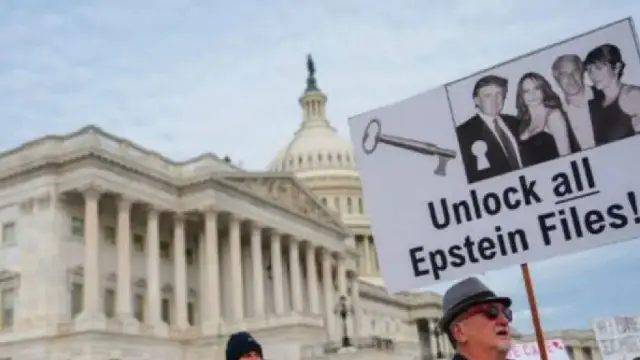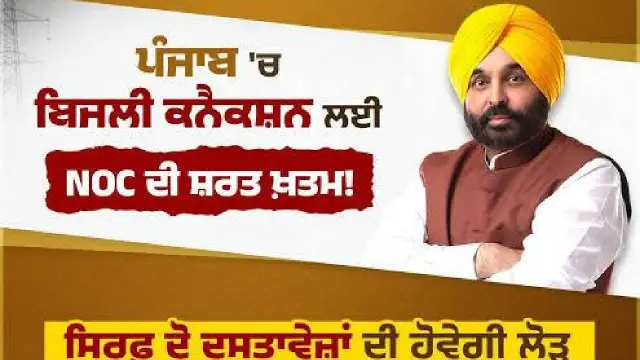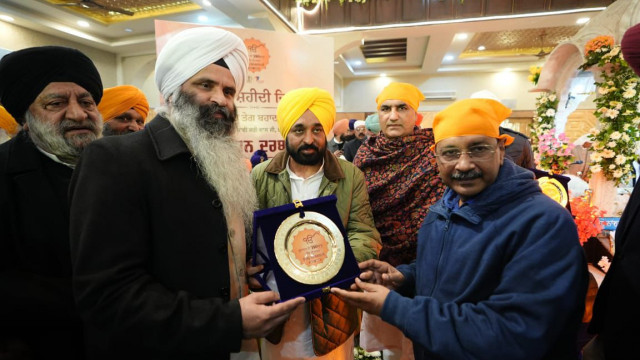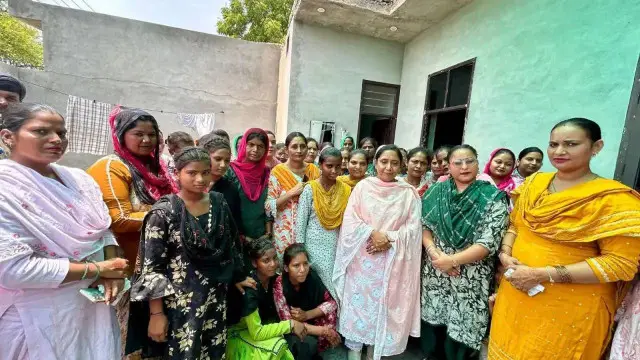India’s Oil Backup Plan: How Hardeep Puri Aims to Counter Hormuz Shutdown
As Iran threatens to close the Strait of Hormuz following U.S. and Israeli strikes on its nuclear sites, India’s Petroleum Minister Hardeep Singh Puri outlined a robust Plan B to safeguard oil supplies.

Petroleum Minister Hardeep Singh Puri unveiled India’s contingency plan to counter a potential closure of the Strait of Hormuz by Iran, amid escalating tensions following U.S. and Israeli strikes on Iranian nuclear sites. The strait, a vital chokepoint for 40% of India’s 5.5 million barrels per day crude imports, faces disruption risks, prompting Puri to outline a robust Plan B to ensure energy security.
Diversifying Oil Imports
Currently, Iraq, Saudi Arabia, and the UAE account for 60% of imports, but India is ramping up purchases from Russia, now at 40% of total crude, and exploring deals with Venezuela and Nigeria. Long-term contracts with African and Latin American nations, facilitated by ONGC Videsh, aim to secure 500,000 barrels per day by 2026, bypassing Hormuz-dependent routes.
Tapping Strategic Reserves
Puri announced plans to release 1 million barrels immediately if supplies falter, with refilling prioritized via non-Gulf sources. Additionally, commercial stocks with public sector refiners like IOCL and BPCL provide a 30-day buffer, ensuring stability during short-term disruptions.
Boosting Domestic Production
To reduce import dependency, Puri highlighted efforts to increase domestic oil output by 10% by 2027 through enhanced exploration in Assam and Rajasthan. The government is also fast-tracking LNG imports and renewable energy projects, targeting 20% green energy by 2030, to ease pressure on crude demand.
Economic and Diplomatic Measures
Puri assured that fuel price hikes would be minimized through tax adjustments and subsidies for vulnerable groups. Diplomatically, India is engaging Iran, Saudi Arabia, and the UAE to keep Hormuz open, while PM Modi’s call to Iran’s President underscores peace efforts.
















